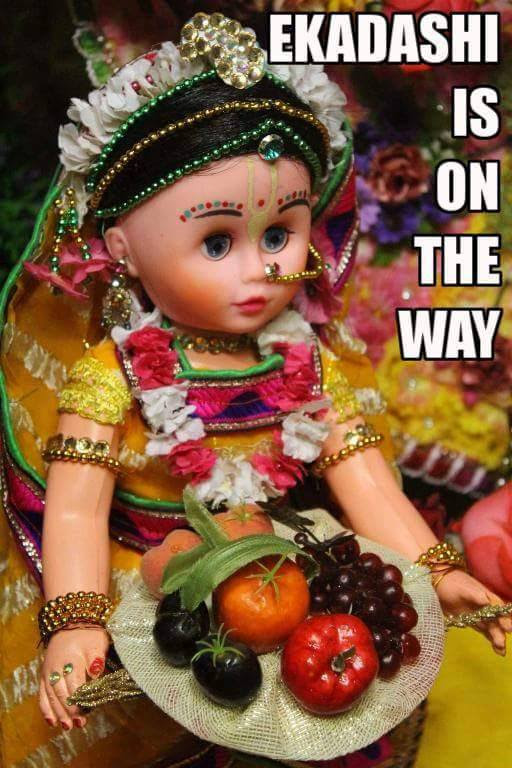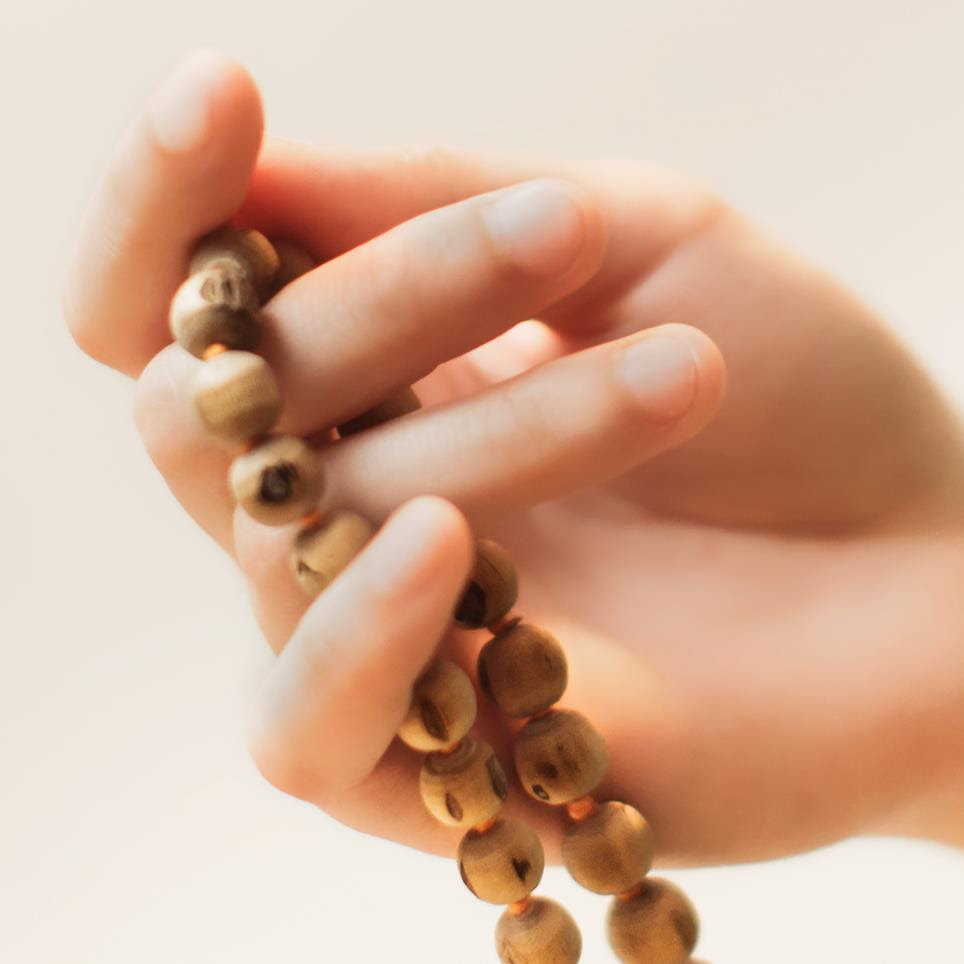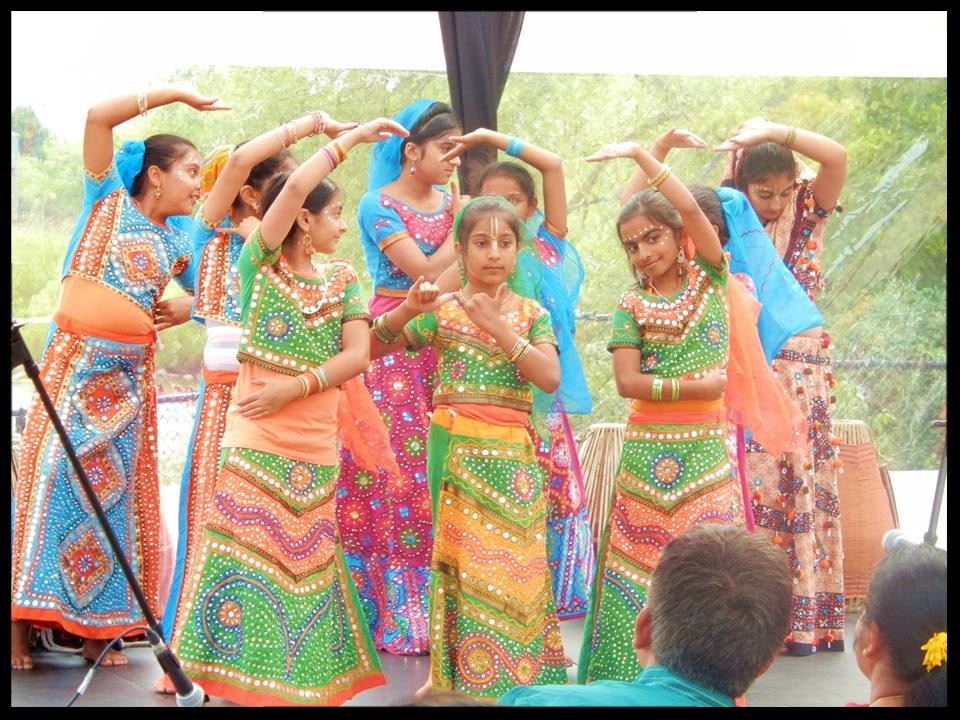In anticipation of the fortieth anniversary of the Juhu temple, Rasa-sundari dasi wrote about serving there:

Serving Guru Maharaja in Bombay from 1990 to 1992 was sometimes a real challenge, because we had hardly any facilities.
In the beginning there were only three of us, not even initiated then: Bhakta Juan, Bhaktin Manju, and myself, Bhaktin Flor.
Cooking was done on the second floor in a small kitchen connected to the Bhaktivedanta Institute. Guru Maharaja always took his prasadam in his office, and as he liked hot chapattis, we were cooking them on the second floor and then running down the hall with them, one by one, to the office.
There were no mobile phones at that time, so lots of time was spent trying to find each other to get the messages through.
Serving Guru Maharaja in Bombay meant to be able to go with him to visit all those wonderful devotees who were present during Srila Prabhupada’s time—Mrs. Nirmala Singhal, Dr. C. P. Patel, Mr. P. L. Sethi, Srimati Sumati Morariji. They all received Guru Maharaja like a long-lost son who finally had come home.
Serving Guru Maharaja in Bombay meant witnessing how he gave himself fully to each and every person who wanted to see him, and everyone wanted to see him. He never showed any concern for himself, whether he had eaten, taken rest, or had some time for himself.
Serving Guru Maharaja in Bombay meant being the lucky first three devotees that received initiation from him under the loving glance of Sri Sri Radha-Rasabihariji, and we became Vrindavan das, Janaki devi dasi, and Rasa-sundari dasi.
After our initiation, Guru Maharaja allowed us to collect guru-daksina in front of the restaurant. At the end of the day, when Vrindavan das told Guru Maharaja that because of his service, he had not been able to collect anything and so he had nothing to give to him, Guru Maharaja looked at him and said, “You need not worry about that—you have already given me your life.”
Serving Guru Maharaja in Bombay meant being able to see him many mornings on the altar doing the mangala-arati for Sri Sri Radha-Rasabihariji.
Serving Guru Maharaja in Bombay meant seeing him so expertly supervise the cleaning and maintenance of Srila Prabhupada’s quarters. He wanted us, the devotees, to do the cleaning and everything else there.
Serving Guru Maharaja in Bombay meant watching him go almost every morning after mangala-arati to Srila Prabhupada’s quarters and chant his rounds there.
Serving Guru Maharaja in Bombay meant meeting and serving so many of his wonderful godbrothers and godsisters who had served together with him during Prabhupada’s times, and seeing the love they all had for him.
Serving Guru Maharaja in Bombay meant realizing that you are not this body, when after ten or twelve hours of intense service you fell on your bed, the body completely exhausted and the soul inside completely blissful, wanting to do more.
Serving Guru Maharaja in Bombay was one of the happiest times in my life!
—Rasa-sundari dasi
 By MCO
By MCO By Sitalatma das
By Sitalatma das


 Sat-Tila Ekadasi
Sat-Tila Ekadasi Inauguration Ceremony Of New Temple Place
Inauguration Ceremony Of New Temple Place












 By Chaitanya Charan das
By Chaitanya Charan das By Aradhika Radha Devi Dasi
By Aradhika Radha Devi Dasi By Pushti Devi Dasi
By Pushti Devi Dasi


 Hare Krishna. Lord Jagannatha is coming to town again this year at Brickfilelds, Kuala Lumpur on 6 January at 5PM. So please you too come to town, a real reason to come to town and join the Lord, His brother Lord Balaram and His sister Lady Subadra who will be riding on Their chariot. It is special mercy we get when we get to see the Lord on His chariot. Call 03 7908 7355/60 for more information or read previous posting.
Hare Krishna. Lord Jagannatha is coming to town again this year at Brickfilelds, Kuala Lumpur on 6 January at 5PM. So please you too come to town, a real reason to come to town and join the Lord, His brother Lord Balaram and His sister Lady Subadra who will be riding on Their chariot. It is special mercy we get when we get to see the Lord on His chariot. Call 03 7908 7355/60 for more information or read previous posting.




 All Glories To Srila Prabhupada, who reaffirmed for us, and greatly expanded our understanding of, The Non-Dual Truth, long before it became provable, or fashionable.
All Glories To Srila Prabhupada, who reaffirmed for us, and greatly expanded our understanding of, The Non-Dual Truth, long before it became provable, or fashionable.

 By Giridhari Swami
By Giridhari Swami By Indradyumna Swami
By Indradyumna Swami By Madhava Smullen
By Madhava Smullen

